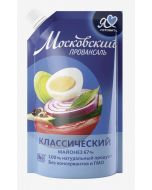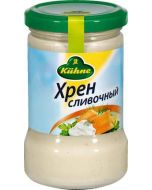Ginger has a delicate pungent aroma, reminiscent of citrus, and a pleasantly pungent taste, but unlike garlic, it does not leave a specific smell. The main value is the ginger rhizome - it is in it that the bulk of useful substances and essential oils are concentrated. The range of application of ginger is very wide. It is added to the first, second courses and sauces, in particular, ginger gives a pleasant aroma to lamb, poultry, fish soup, meat broths, chicken broths and vegetable soups. Ginger is also included in mixtures for making pilaf, omelets, rice and eggs. There is also ginger in the curry seasoning. Confectionery production is not complete without ginger: it is added to cookies, candy filling, gingerbread and cakes. Compote with the addition of ginger, ginger kvass, and simply candied rhizome slices are very tasty. When preparing dishes using ginger, it is important to know the time, in what quantities and when it must be added. In general, the amount of dried ginger per kilogram of meat or dough is 1 gram. The second important nuance: in order for this spice to fully develop, it must be added to dishes at different times. So, ginger is introduced into the dough at the end of the kneading, when stewing poultry, meat - 20 minutes before the end of cooking, into compotes - a couple of minutes before cooking. As for the sauces, ginger is added here only at the end of the heat treatment.
Write Your Own Review
We found other products you might like!
-
 Black pepper trapeza, 50 g$13.00
Black pepper trapeza, 50 g$13.00 -
 Bay leaf KOTANYI, 4 g$12.00
Bay leaf KOTANYI, 4 g$12.00 -
 Heinz Cheese Sauce$49.00
Heinz Cheese Sauce$49.00 -
 BARILLA Pesto sauce, 190 g$19.00
BARILLA Pesto sauce, 190 g$19.00 -
 Mustard powder RASPAK, 400 g$19.00
Mustard powder RASPAK, 400 g$19.00








